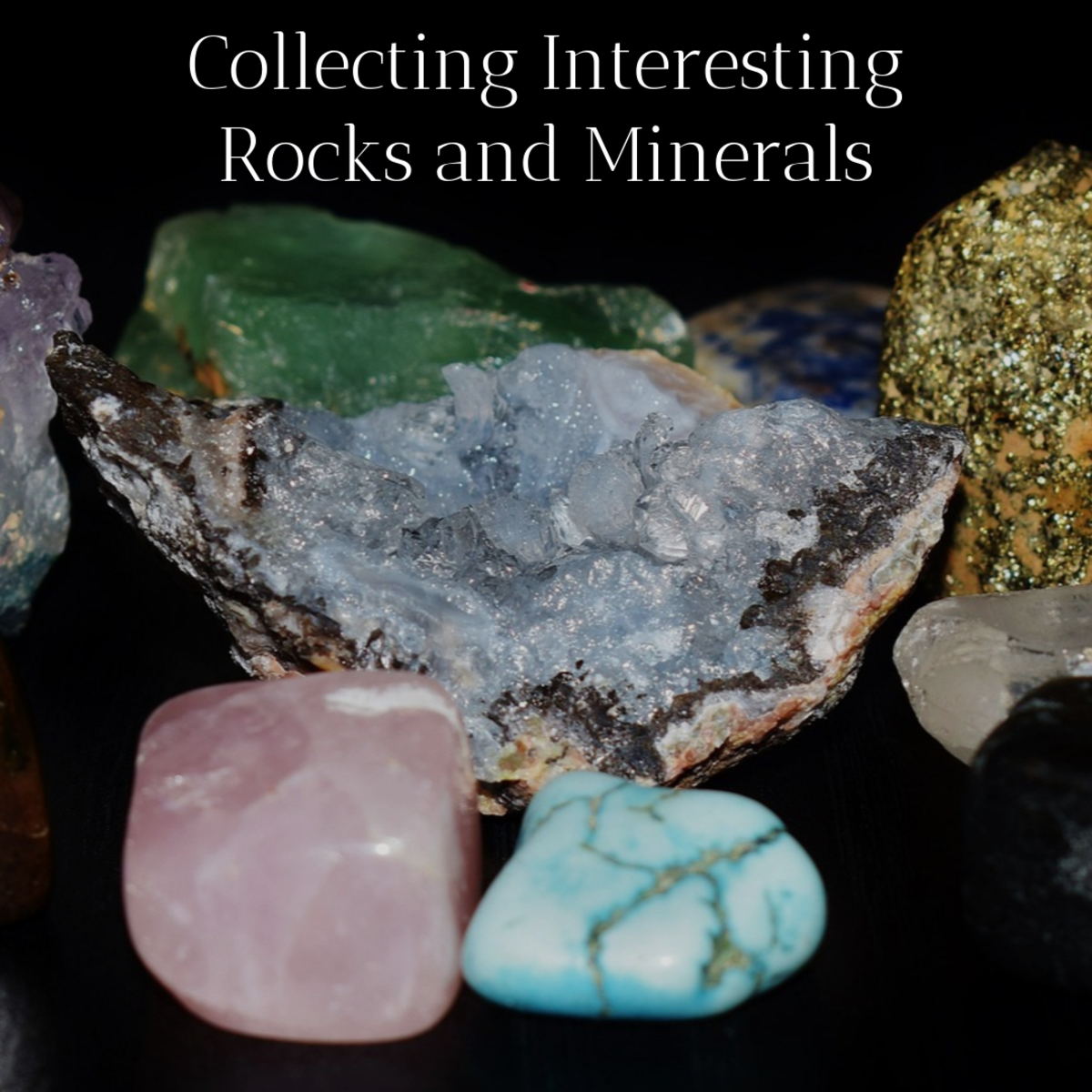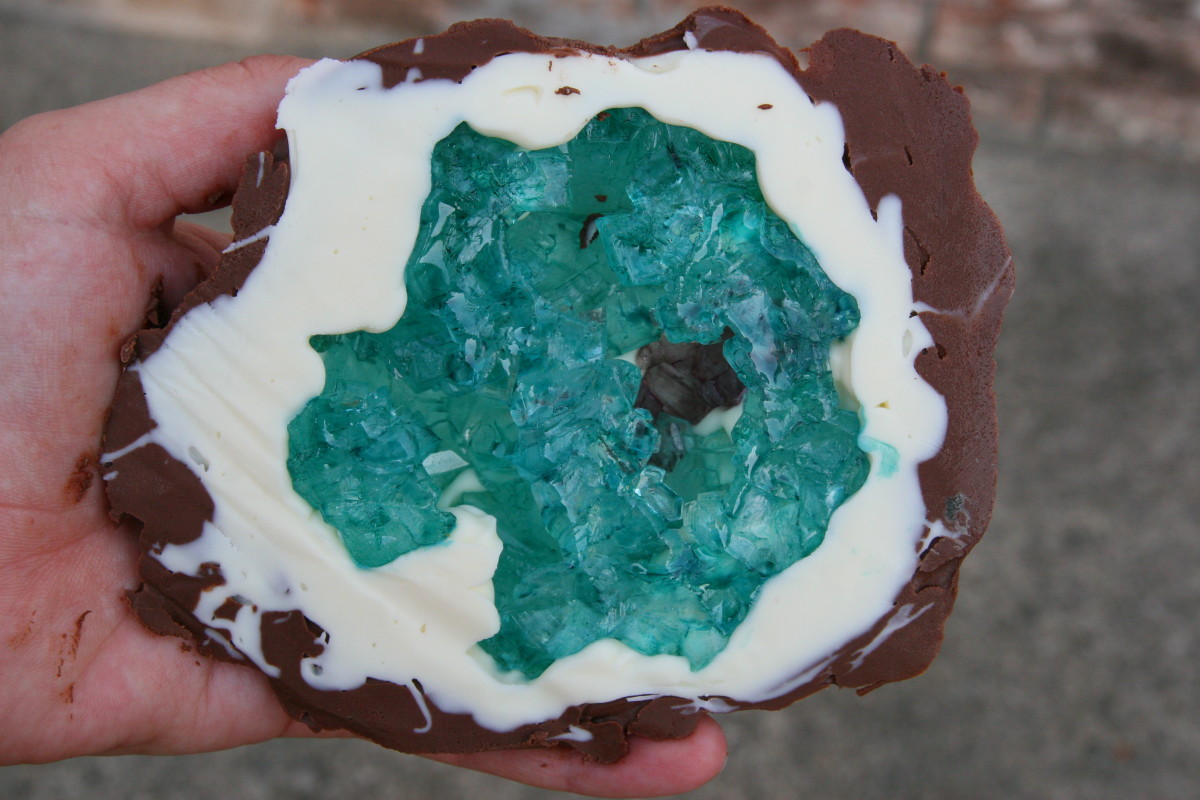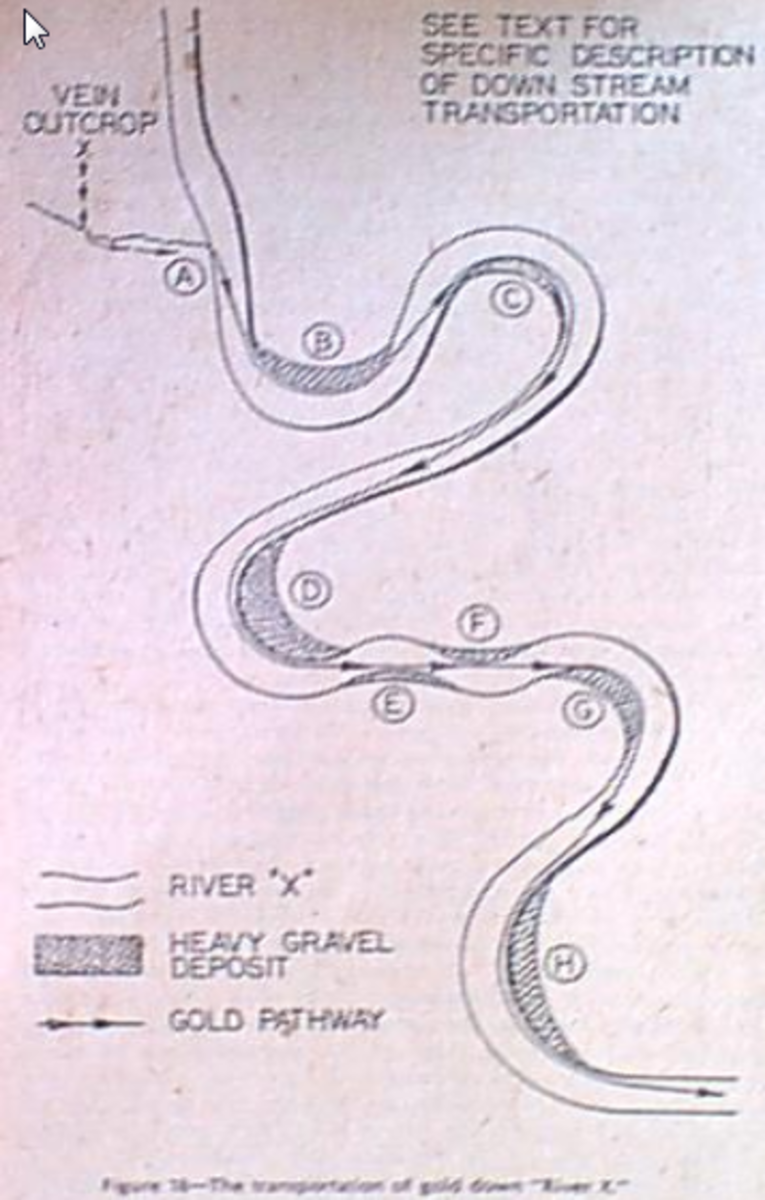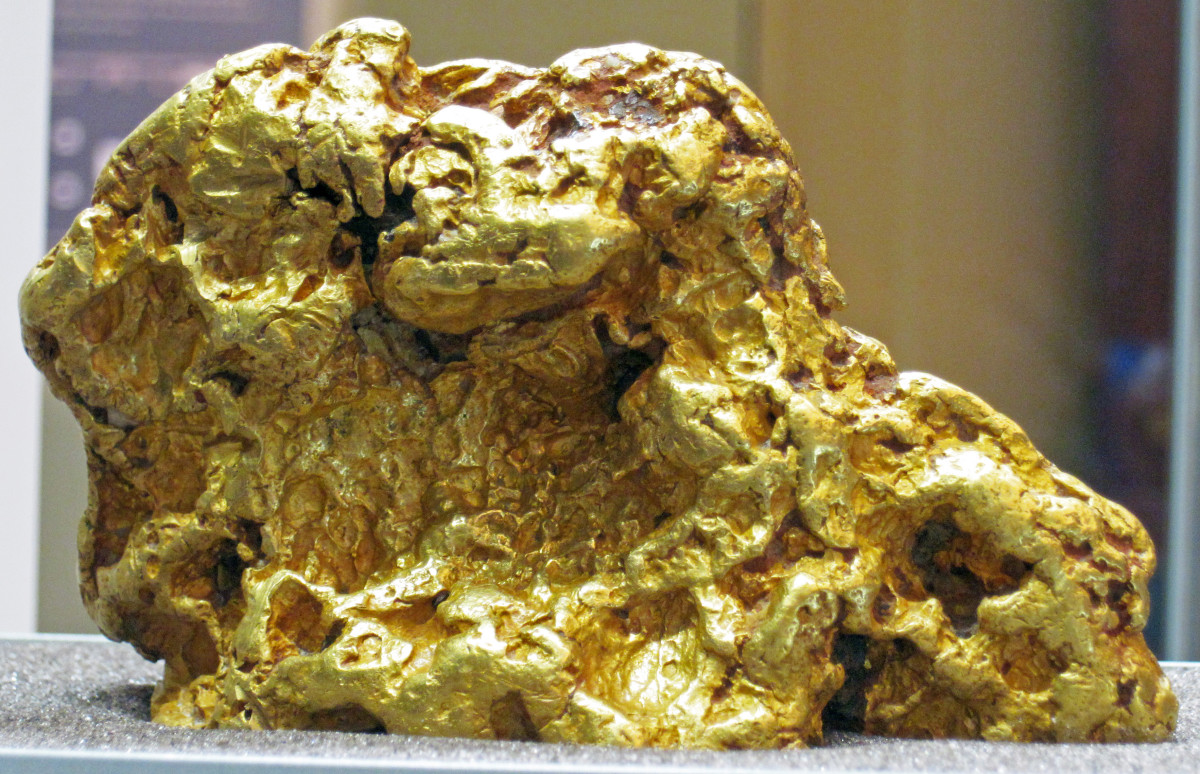Unveiling the Mysteries Behind Geodes
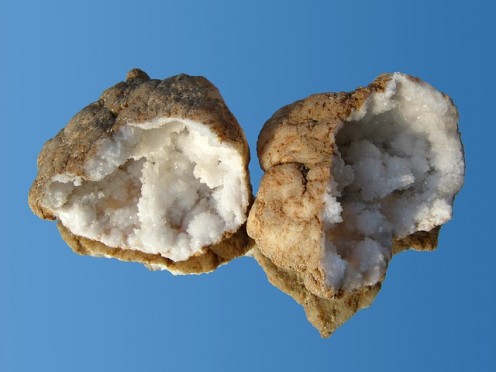
Geodes are spheroid structures with a hollow center that contains mineral matter in the form of crystals. They are formed by a combination of geologic processes and chemical precipitation. In South America’s Paraná Basin, there are geodes that are large enough to allow people inside. In Naica, Mexico, geodes found in caves are about 36 feet long. These monstrous yet beautiful spherical stone formations are the largest of their kind in the world. Regular geodes much smaller and some of them fit in the palm of the hand. Their curious appearance and unique properties make them a popular display item. Museums are not the only places where geodes can be found. The fascination for geodes is undeniably widespread. Geode is the state rock if Iowa in the United States. Many homes and offices offer glimpses of these hollow rock formations to anyone who would take the time to look more closely.
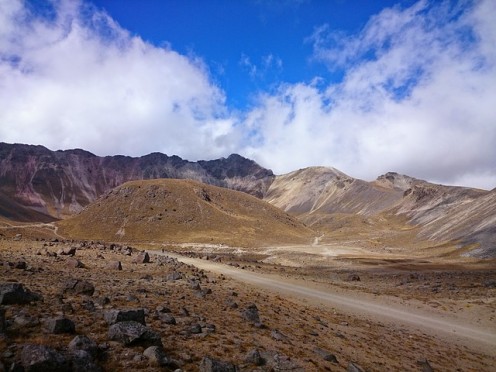
Where are geodes found?
The word “geode” takes it origins from the Greek, “Geoides” or “earthlike.”Geodes turn heads because of the interesting contrast that they present. The outside is a typical rugged rock surface that shows the effects of weathering and erosion. Meanwhile, a peak into the hollow interior reveals a different world altogether, populated by sparkling crystals of various colors.
Some of the world’s top sources of geodes are the Hauser Geode Beds, the Cinnamon Geode Beds, and the North Black Hills Geode Beds in California’s Imperial Valley. Aside from California, the state of Utah, Arizona, and Nevada are also excellent sources of geodes. Generally, deserts are the best locations to find geodes. Regions that are limestone-rich or contain volcanic ash beds are also good locations to scout for these collectibles.
How do geodes form?
Essentially, all geodes share the same morphology. The rock is round-shaped and contains a hollow cavity. This cavity is lined with crystals of different shapes and sizes. The most highly value geodes contain black calcite or amethyst crystals within. Geodes and nodules are fundamentally different in that the latter is solid while the former is hollow inside. Geodes do not form in the same way as typical rocks. Instead, every single specimen starts out as empty space.
There are many different mechanisms involved, but the very first step toward its formation is the formation of a cavity within rock. How exactly does a hollow rock end up being filled with lovely colorful crystals of various shapes and sizes? The hollow bubbles usually form within rock layer of volcanic igneous rock that forms deep in the bowels of the Earth’s crust. The cavities are formed when magma or lava starts to cool. If there is a lava flow, for instance, a bubble of carbon dioxide gas may form, in the same way that bubbles form in carbonated drinks. The gas eventually dissolves as the molten lava cools as it exposed to air. What remains is an empty spherical space. There are times when lava flows under water, escaping from subterranean vents. The same cavity formation could occur.
In some instances, the bubbles that eventually form hollow rocks with crystals form in what used to be animal burrows. There are also geodes that started out as the hollow areas surrounded by subterranean tree roots. Geodes may also start out as mud balls in sedimentary rock layers, particularly in sandstone and limestone.
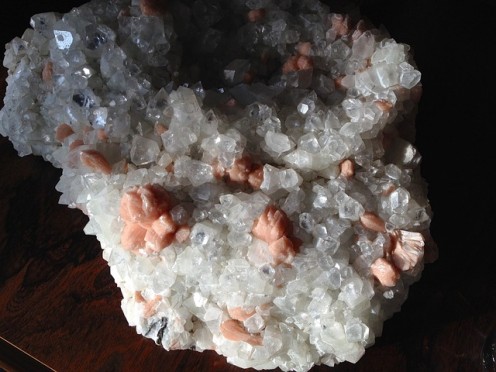
What processes are involved in crystal formation within geodes?
The crystals that fascinate geode collectors are either single crystals of considerable size or very tiny crystals that are indistinguishable from one another. How do these fascinating objects form inside hollow rock?
In the early stages of geode formation, rainwater may seep into the air bubble that is formed within the layers of volcanic rock. Although in outside appearance a geode seems rock solid, the outer crust is actually quite porous, similar in some ways to pumice. These microscopic pores are essential to the formation of the crystalline structures inside the crust. As mineral-rich water pours in the chemicals contained in the rocks are also released, albeit at a very slow rate. Although some water seeps out, a certain amount is trapped within the negative space. This water is rich in minerals such as calcite, amethyst, and quartz and moves around within the bubble while geological processes occur around it as the rock layers are subjected to intense heat and pressure.
In time, silica precipitation starts to form, which will eventually become tiny crystals. It takes millions of years for the crystals to take shape as water seeps in and out of the empty space within the rock and layers of silica and dissolved minerals accrete. The larger the size of the crystals, the longer it takes for them to form. While all this is happening, the outer shell hardens and the shape of the geode begins to form and harden.
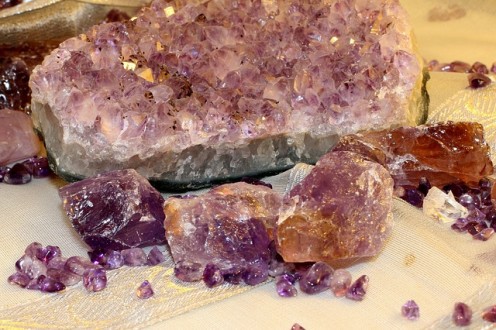
What are the factors that influence geode formation?
A number of environmental factors determine that physical and chemical properties of the geodes that eventually form. The type of rock where geodes form, as well as the acidity and the temperature of the environment largely determines what minerals are deposited. Therefore, they influence what type of crystals is formed inside the hollow cavity. In addition, the variety of mineral crystals in the resulting rock formation is brought about by the innate differences in the cooling temperatures of different types of silica.
In geodes that form within sedimentary rock layers, the most common type of crystal is silica. Meanwhile, those that form within igneous rock have quartz crystals. Several locations in the world demonstrate the variety of crystal types found inside geodes. For example, hollow rocks found in central Spain revealed hematite crystals laced with gold. In the Midwest Region of the United States, geodes mostly contain calcite, dolomite, and “fool’s gold.”
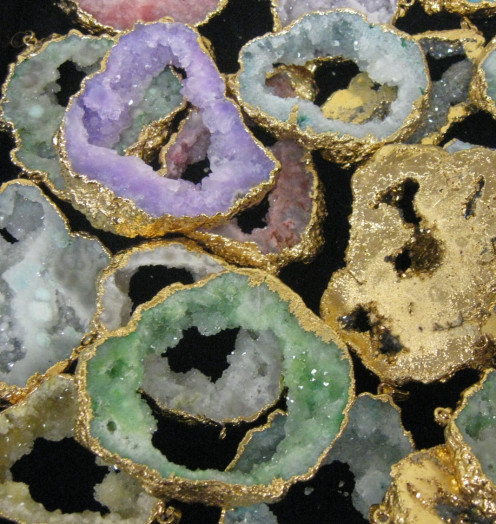
What are the factors that determine the colors of a specimen?
The differences in the color of the interior of the geode are largely due to the differences in the amounts and kinds of trace elements. In one location, the mineral-rich water that seeped into the hollow cavity at the early stages of geode formation, will have a different composition from that of another location. The minerals are leached from the rocks and the soil. Some areas have rocks that are rich in sulfur or magnesium, while others are iron-rich. The type of crystal that develops inside the cavity depends on the minerals that accumulated through the years and their level of saturation. Each mineral has a specific spectral property, and therefore geode crystals come to us in a variety of colors. The coloration and banding are also due to certain impurities such as iron oxides. Heat is another important factor in determining the color of the crystals. For example, if during its formation, amethyst crystals are subjected to intense temperatures it will not develop the usual purple tinge, but instead appear yellowish in color.
A geode, no matter how small takes thousands to millions of years to form. It is a testament of the continuity of time. Geodes also represent the richness and diversity of our home planet. They may be objects of beauty, but they also remind us of the geological processes and the cycles that govern life on Earth.

